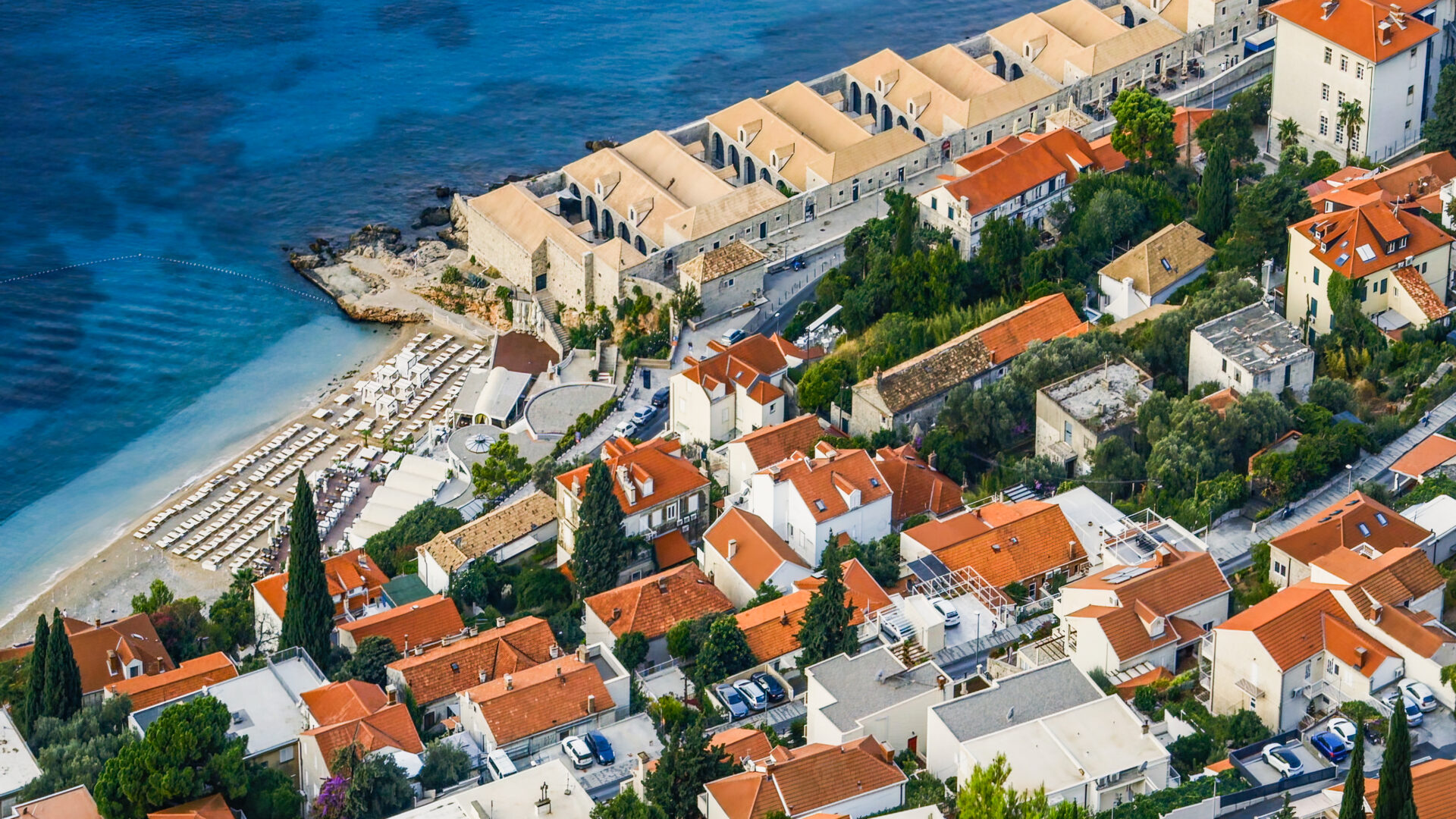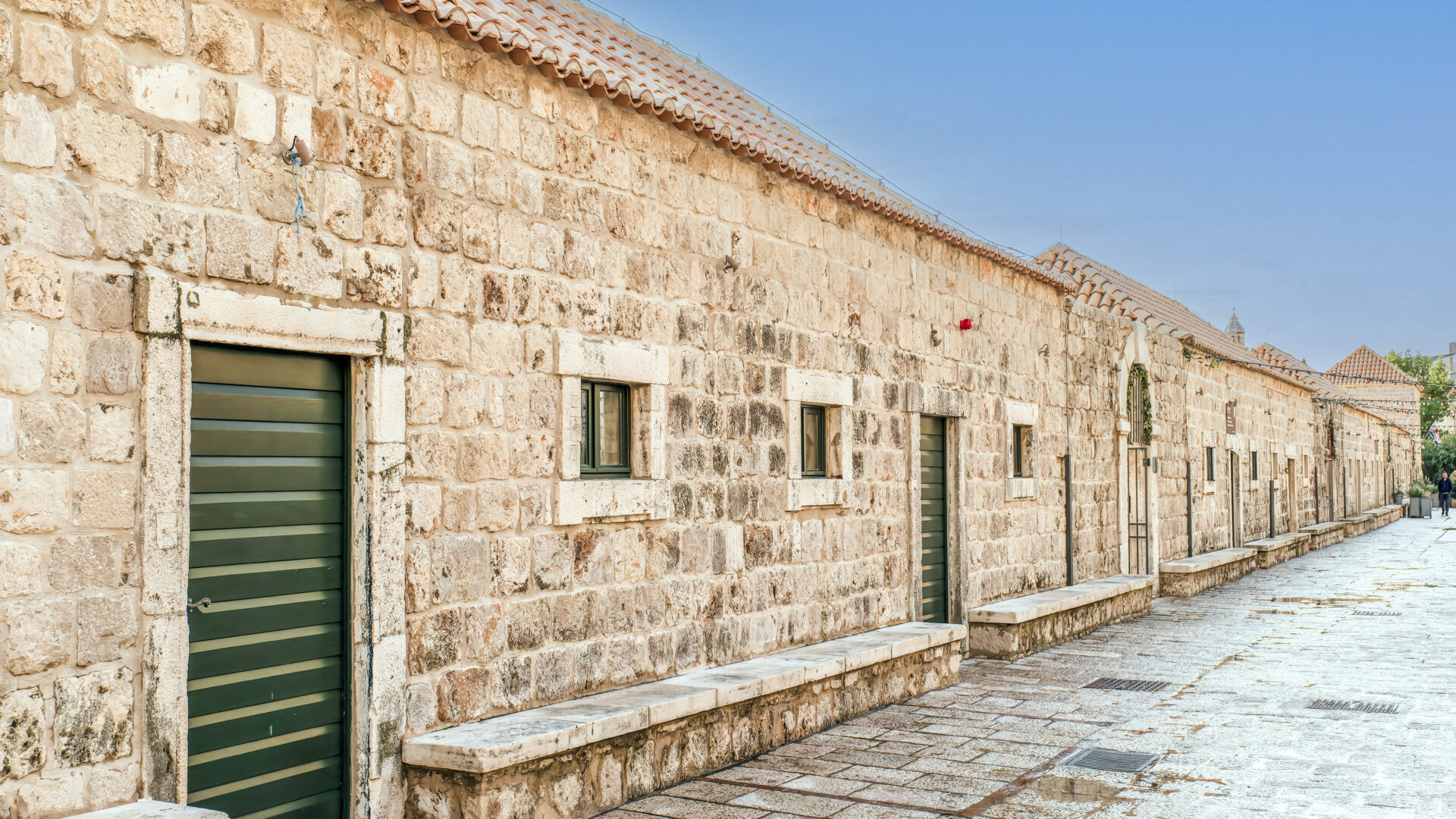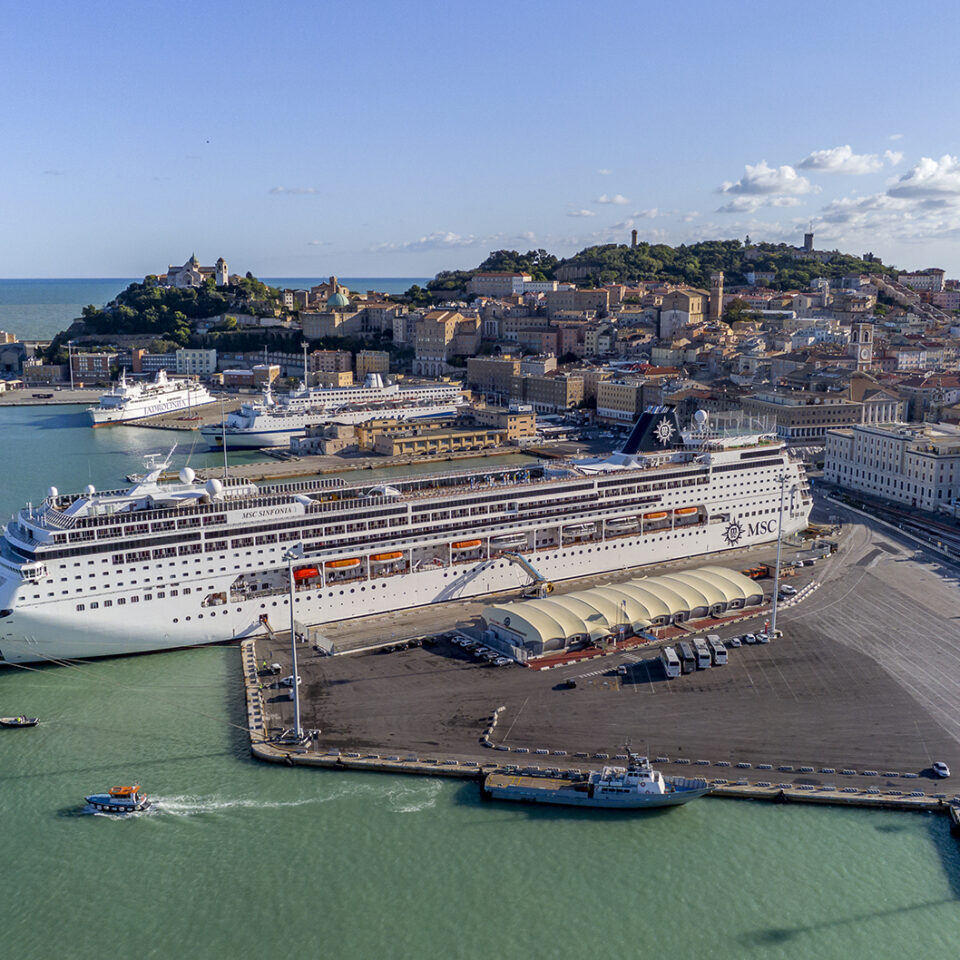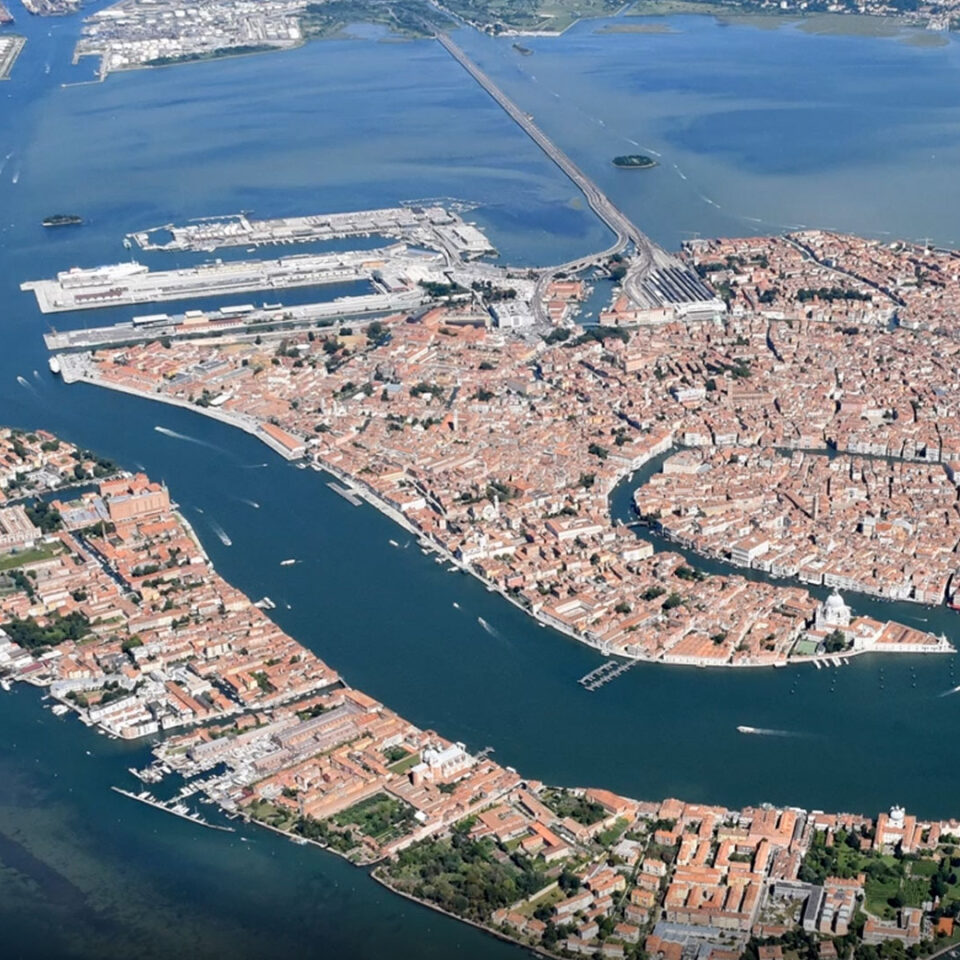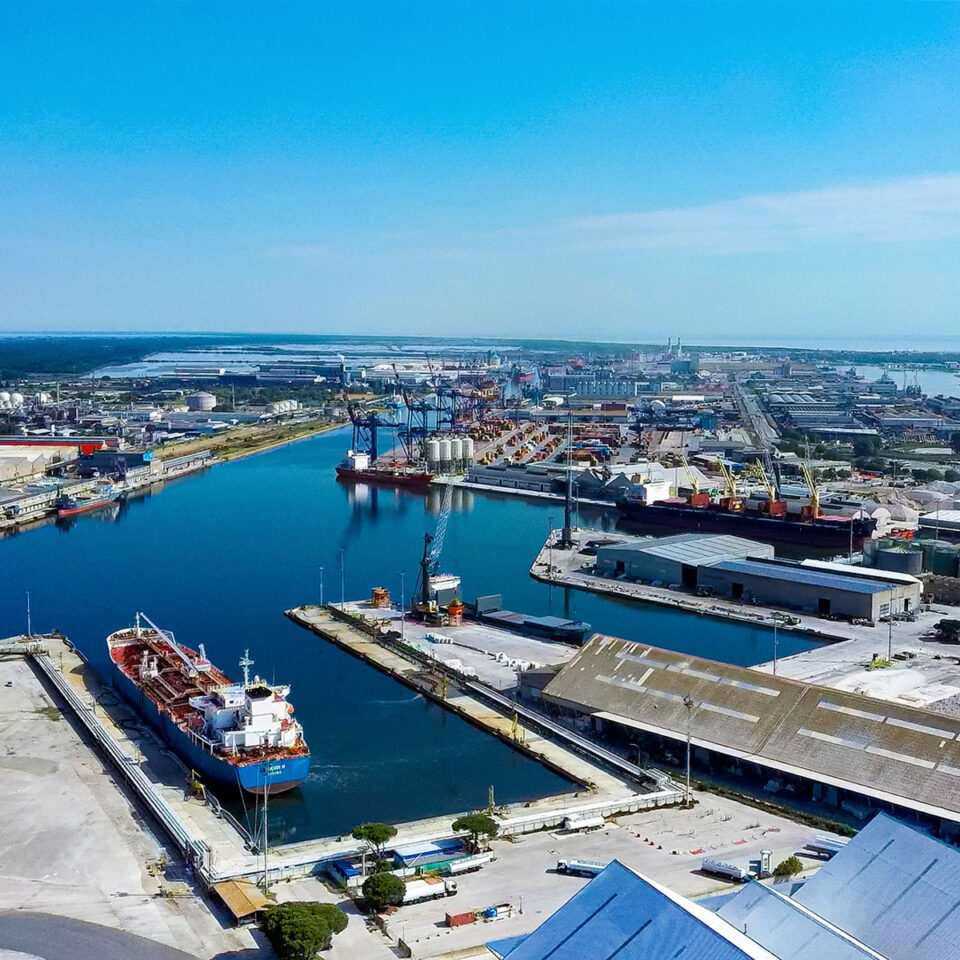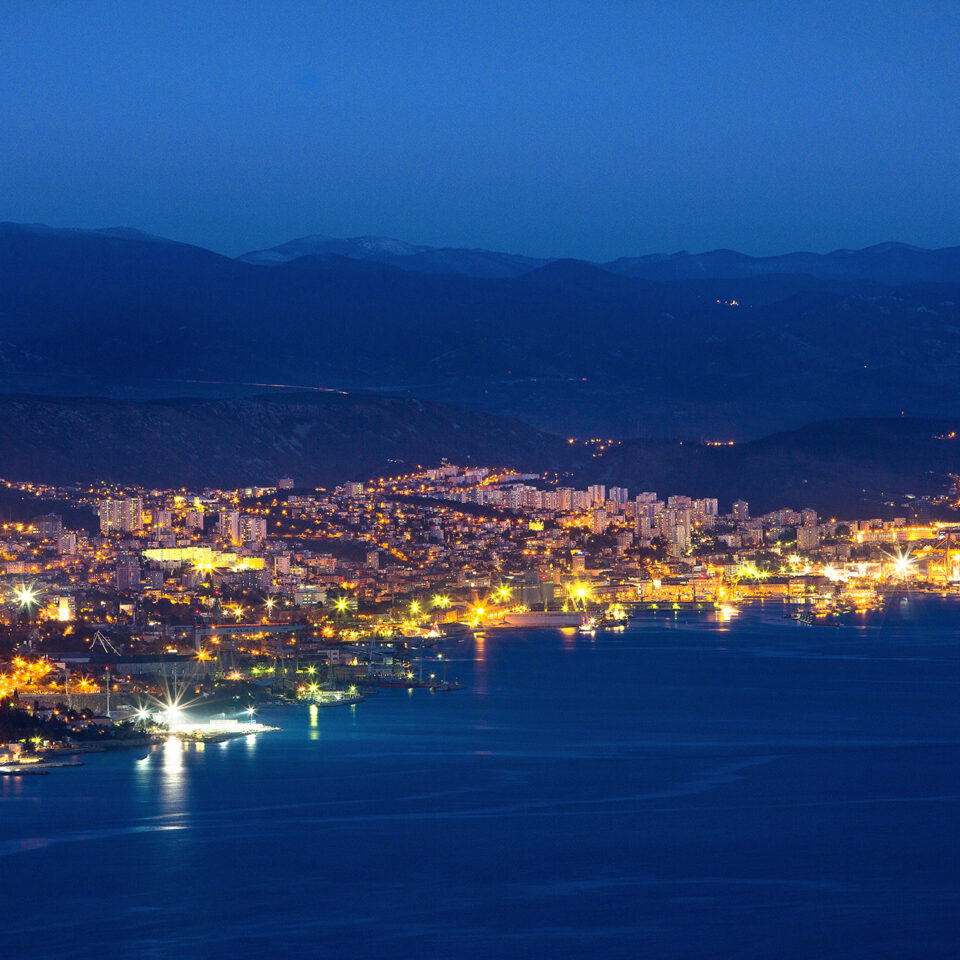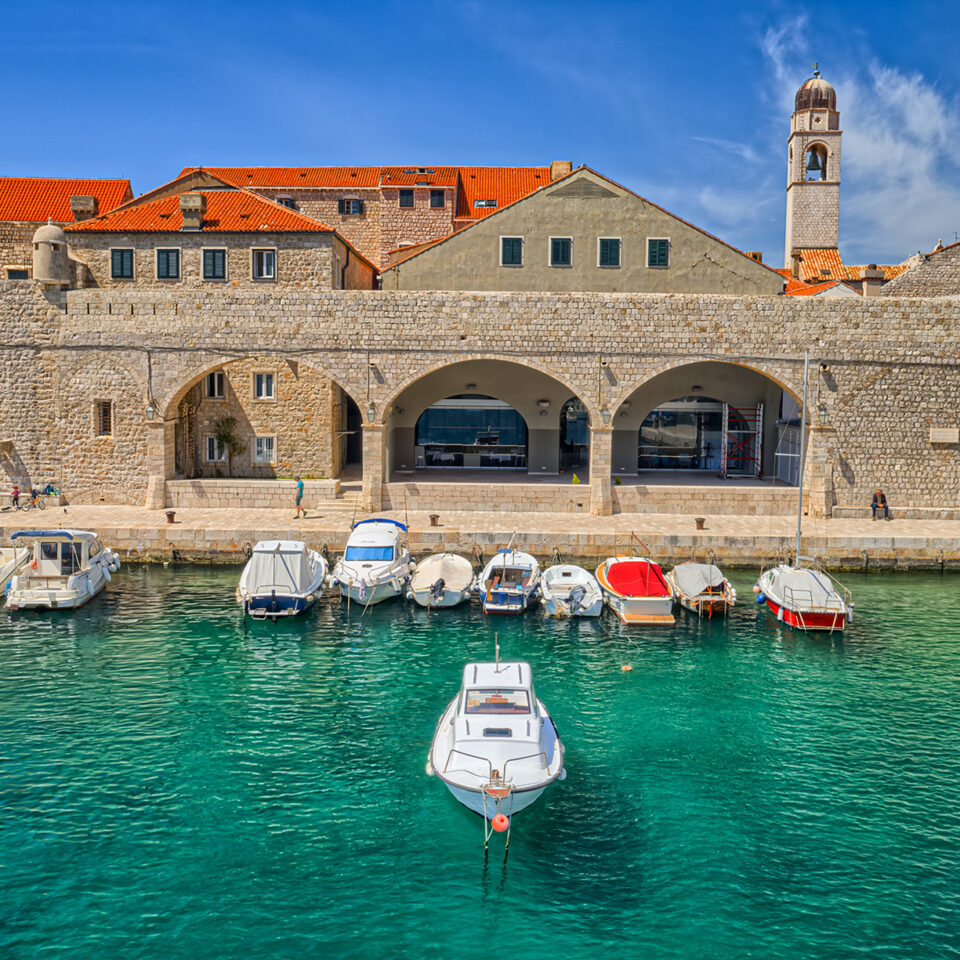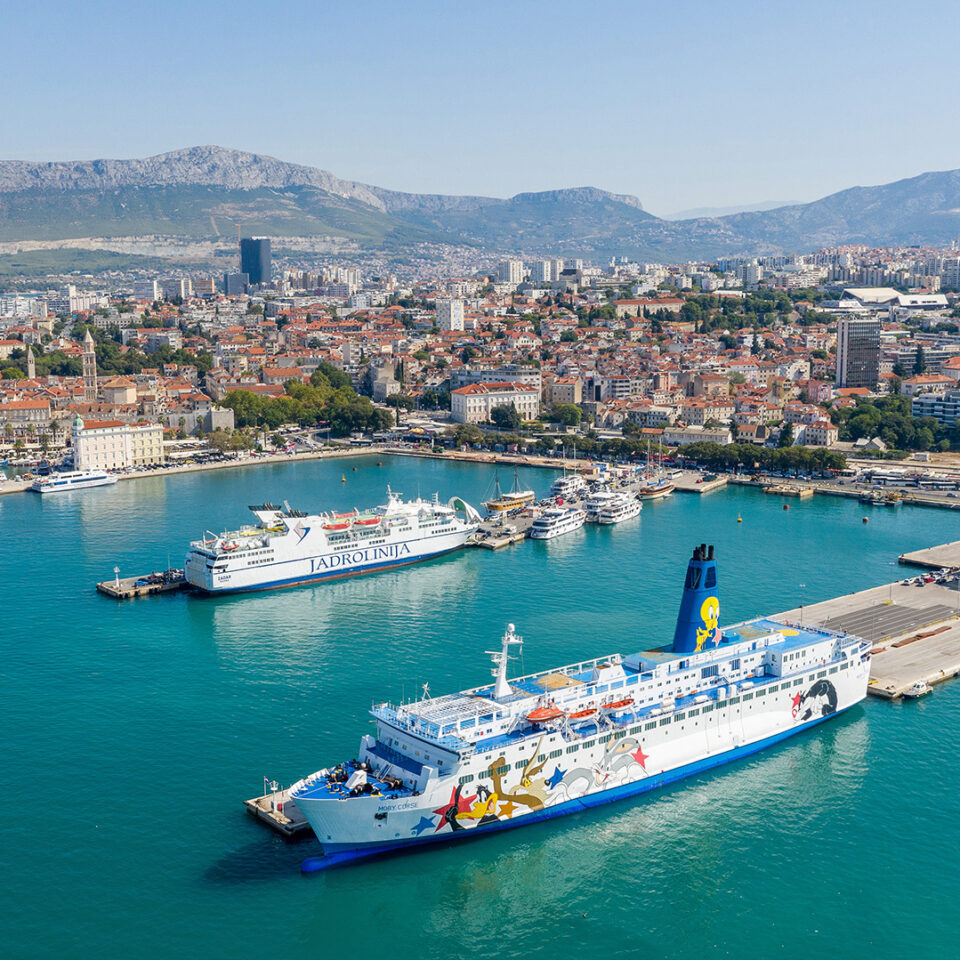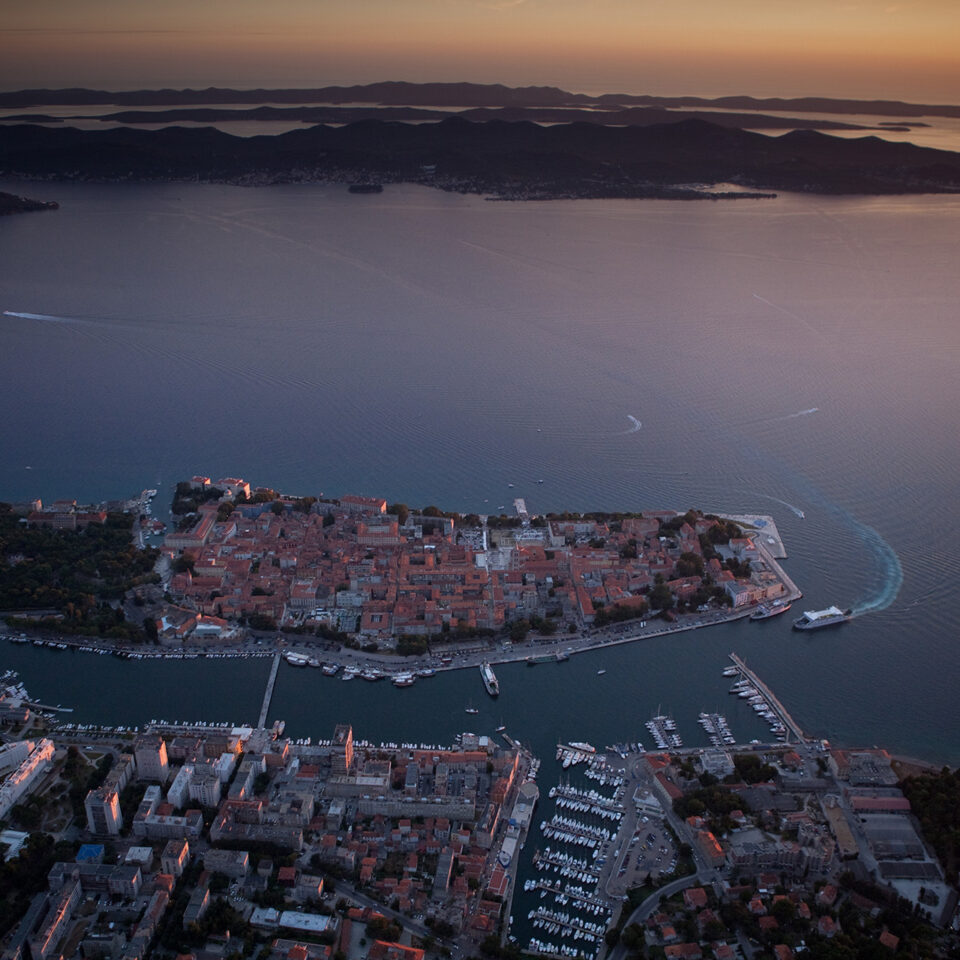

LAZARETI
Lazareti (The Lazarettos) in the eastern suburb of Ploče are the most significant and the largest building complex built by the Republic of Dubrovnik in the first half of the 17th century to serve as a quarantine for merchants and travellers arriving from regions affected by epidemics. They were located along the seashore, in close proximity to the city walls and the harbour, at the intersection of the mainland and sea trade routes. The shore in front of Lazareti and its adjacent waters formed an integral part of the harbour and belonged to its outer part. By building a new section of the harbour, the capacity for cargo transit was increased. Supposedly, when weather conditions were favourable, the ships would load or unload cargo at anchor or at stern (two ropes on the mainand and two anchors offshore, toward the open sea), and the goods were then transported either by transfer to smaller boats to the shore or by cable car system to the opening in Lazareti courtyard wall. Dubrovnik was the first city in medieval Europe to establish a quarantine service as early as in 1377 to isolate travellers and goods arriving from suspicious infected countries, in order to prevent the spread of infectious diseases.
The quarantine was initially carried out on the nearby islands of Mrkan, Supetar and Bobara, during the 15th century on Dance, in western suburb of Dubrovnik, while in 1534 Dubrovnik authorities made the decision to build Lazareti on the islet of Lokrum. The construction of it has never been completed, likely due to strategic concerns that the Venetians might seize it and use it as their stronghold to compromise the security of the port and the city. Due to the increased volume of the transit trade through the harbour of Dubrovnik, the Senate made a decision in 1590 to build a large Lazareti on Ploče. The works lasted from 1627 to 1647. The Lazareti of Dubrovnik consisted of ten interconnected halls and five courtyards, with two guardhouses within the complex. In addition to serving as a storage for trade goods, Lazareti also housed facilities for accommodation and longer stays of merchants and travellers during quarantine periods. In 1724, the Senate declared the Lazareti an integral part of the city fortifications. They were the largest transit emporium on the eastern Adriatic coast.
In the second half of the 19th century, due to the new health and economic practices, they lost their original purpose of being stationary for people and goods and repurposed as port warehouses. The Dubrovnik Lazareti are, up to this day, the only almost fully preserved quarantine facility of their kind in European part of the Mediterranean and represent one of the most significant monuments of architectural and public health culture in the world.

